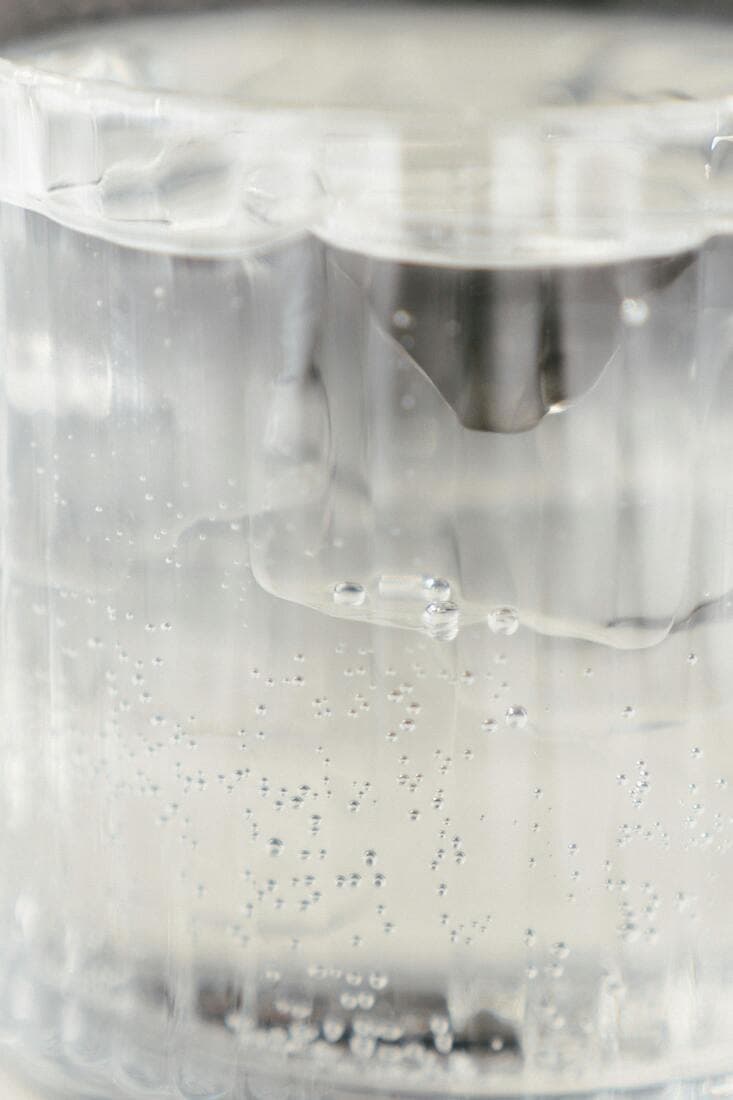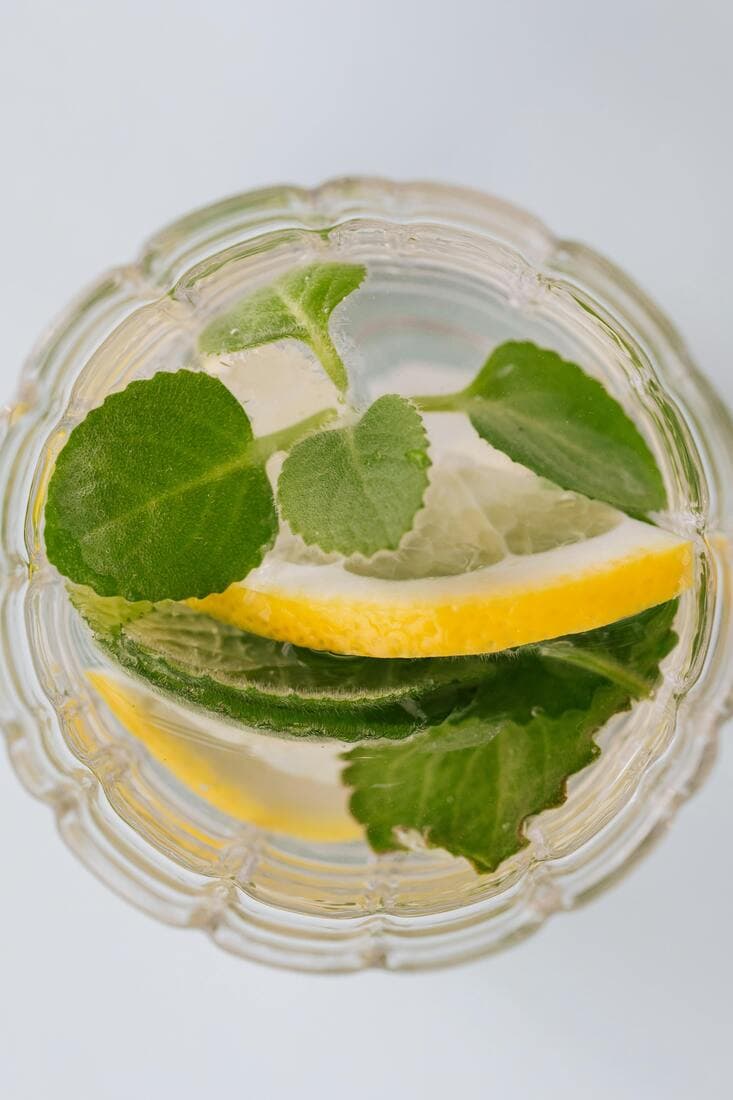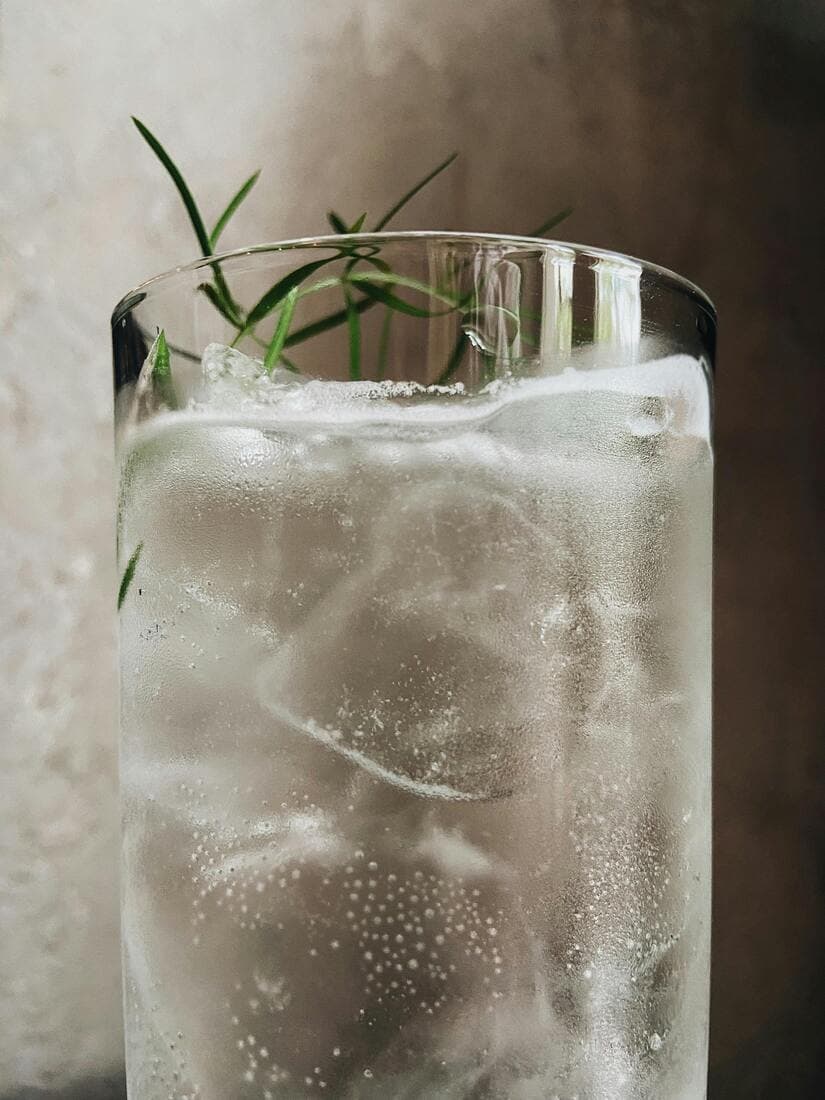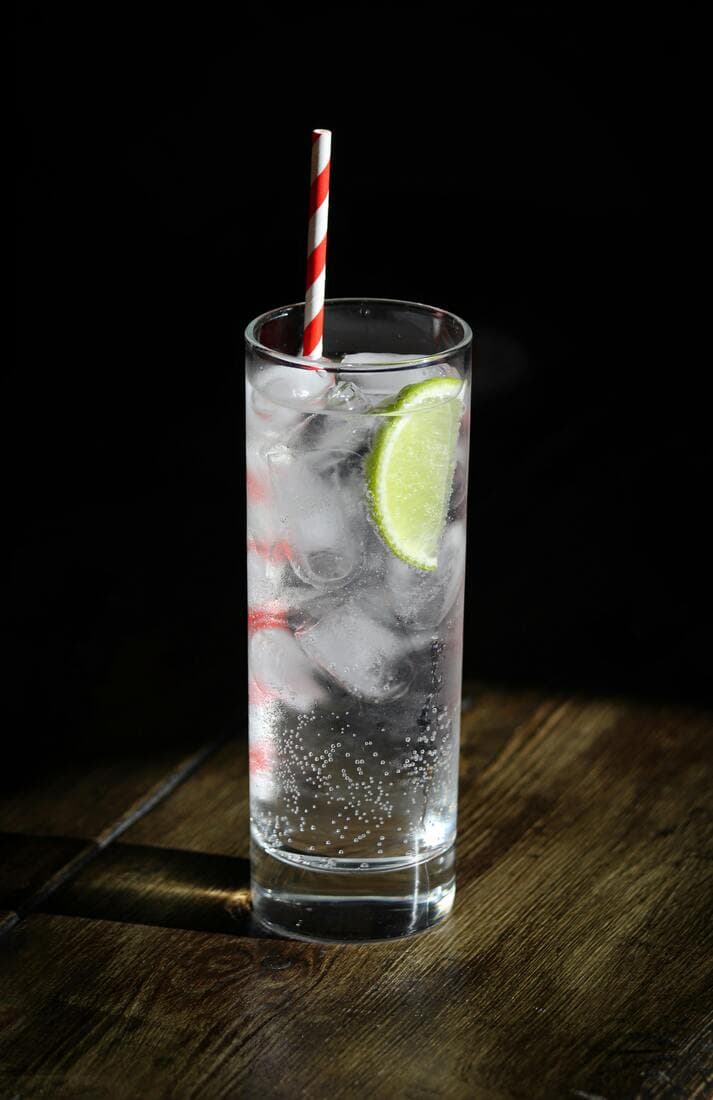Ideal Gin To Tonic Ratio Explained: The Science Behind, In 4 Steps

Gin and tonic has its origins in the 18th century when British troops of the colonial era first concocted this drink upon their arrival in tropical climes. Over the next couple of centuries, mixologists reimagined and fine-tuned the recipe to prepare this cocktail, leading to the enduring presence of this well-balanced drink in bartenders’ rosters.
The cocktail is simple to prepare and involves building two basic ingredients, that is gin and tonic in order, which can be finished off with a lime wedge or a rosemary sprig as garnish.
Centuries earlier, gin was concocted in apothecaries and has conventionally been served diluted either in water or in another mixer. With the increasing spread of tonic water as a suitable mixer for gin, the herbaceous drink came to be served in a highball glass containing plenty of bubbles that released the juniper-forward botanical notes in the spirit.
 In its making, the gin to tonic ratio has been critical in mixing this simple yet refined cocktail.
In its making, the gin to tonic ratio has been critical in mixing this simple yet refined cocktail.
The 2:1 proportion has become ideal to mark the flavours of the spirit without overwhelming them with the fizz of the tonic water.
Flavour And Dilution
One of the major reasons behind crafting a cocktail with one part gin and two parts tonic water is flavour. Gin is made out of botanicals like juniper and the flavours of these intense herbaceous components can be adequately toned down using two parts tonic water.
The underlying objective is to tame the alcohol’s taste to a level where the herby notes come through in a more effective way.
 Another reason for the 2:1 ratio is of course dilution, which is essential in crafting the flavour balance that is characteristic of this cocktail. The dilution ensures that the taste of the botanicals is enhanced and that of the alcohol is reduced so neither overwhelms the other.
Another reason for the 2:1 ratio is of course dilution, which is essential in crafting the flavour balance that is characteristic of this cocktail. The dilution ensures that the taste of the botanicals is enhanced and that of the alcohol is reduced so neither overwhelms the other.
Additionally, carbonated tonic water ensures that the flavours are brought out in a more pronounced manner leading to a drink with a crisp finish.
Ratio Affects The Fizz
Significantly, the tonic water to gin ratio affects the fizz in a classic G&T. Bartenders have for long been studying this foamy quality in the drink which impacts the overall flavour of the cocktail.
 When the proportion of tonic water rises, the carbonation levels in the drink rise too, leading to a slightly more diluted, light and effervescent drink. A lower proportion of tonic water on the other hand, reduces the fizz in the drink leading to a slightly denser mouthfeel.
When the proportion of tonic water rises, the carbonation levels in the drink rise too, leading to a slightly more diluted, light and effervescent drink. A lower proportion of tonic water on the other hand, reduces the fizz in the drink leading to a slightly denser mouthfeel.
Finding the Goldilocks middle then becomes essential in crafting a gin and tonic that balances the fizz and flavour of the two ingredients.
Sweet And Quinine Flavour Balance
Tonic water contains a slightly sweet touch accompanied by its quintessential bitterness. Both these flavour combinations go well with the herbaceous gin in a 2:1 proportion. The botanical notes counterbalance some of the sweetness in the tonic water, bringing about a very rounded flavour arrangement in the cocktail.
 For a slight variation, one can also try different kinds of tonic waters like bitter lemon or ginger to experiment with sharper and herby flavour profiles that blend well with the gin’s notes.
For a slight variation, one can also try different kinds of tonic waters like bitter lemon or ginger to experiment with sharper and herby flavour profiles that blend well with the gin’s notes.
Temperature And Ice
Another reason tonic and gin are mixed in the 2:1 ratio is the temperature of the drink. G&T is traditionally served chilled because cooler temperatures help to bring out the botanicals of the spirit and the quinine qualities of the tonic water in a more pronounced manner.
When ice is added to such a classic cocktail, with the right proportions, the dilution is also contained when it melts and cool water seeps into the glass. However, for those who prefer just the two basic ingredients, adding chilled tonic water to the cocktail can keep the drink relatively cool.
 Ultimately, having gin and tonic in the 2:1 proportion is recommended for the pairing of the effervescence of the tonic water with the herby properties of gin.
Ultimately, having gin and tonic in the 2:1 proportion is recommended for the pairing of the effervescence of the tonic water with the herby properties of gin.
Yet, it is up to one’s personal preferences to pick the ratio that works best while crafting a suitably interesting classic rendition of this cocktail.
Adding two to three parts of tonic to one part of gin can be just as effective, but be sure to use a potent, herby garnish that will accentuate the flavour notes in the cocktail.
Do remember that like everything, alcohol is best consumed in moderation. Always drink and serve responsibly!

